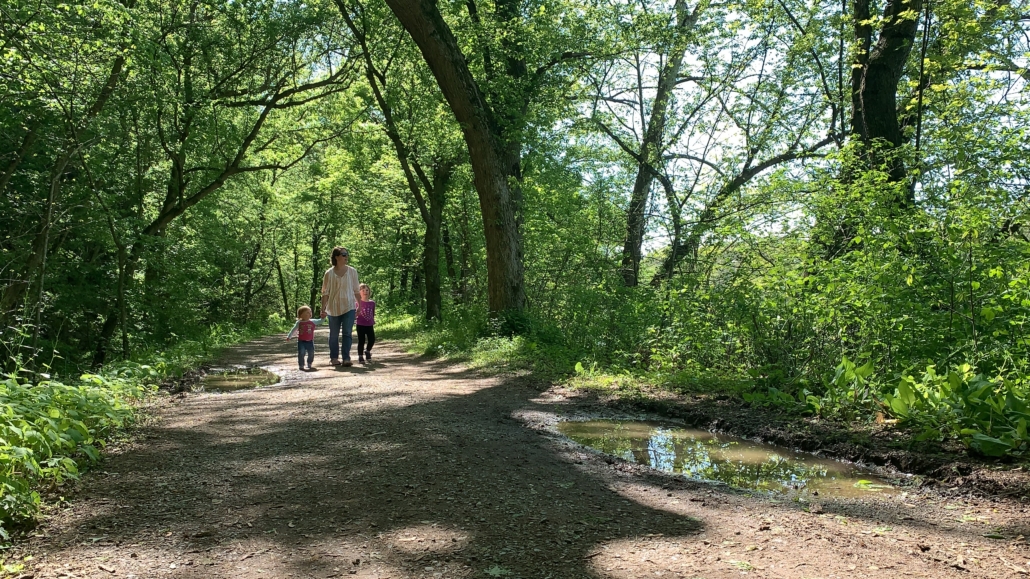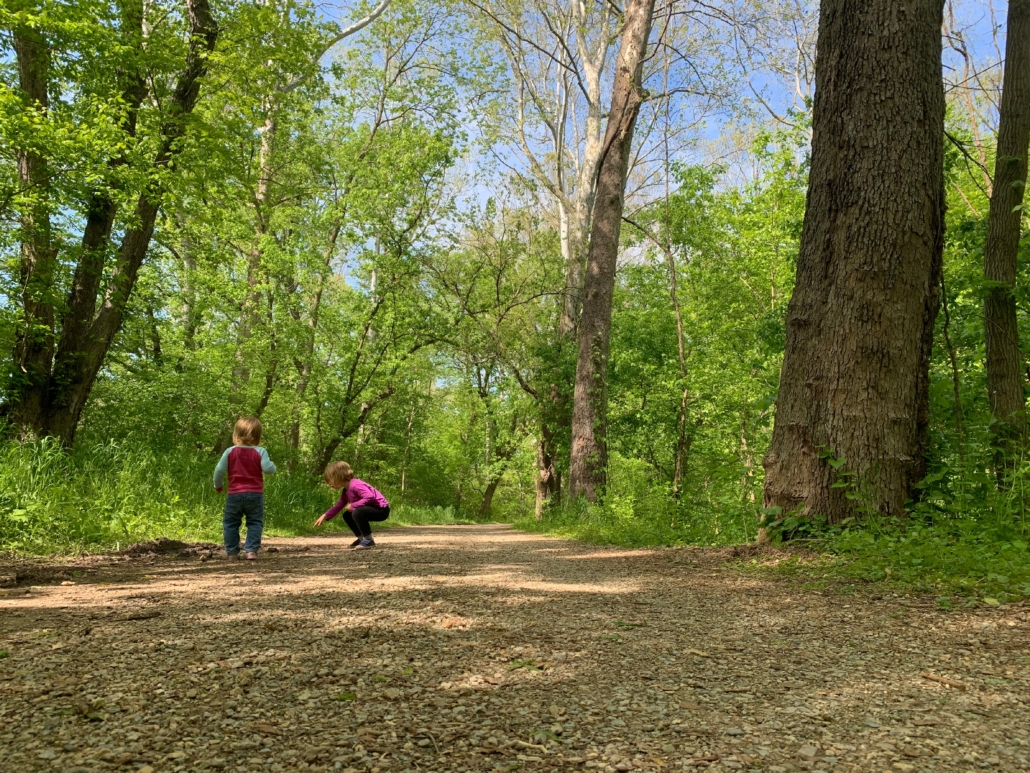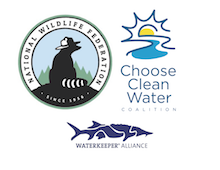Finding Peace in Nature: C&O Canal
“There is an unbreakable link between human health and wellbeing and ecosystems” -Walter Reid, physician
Dear Friend of WV Rivers,
As humans, the basis for our survival as a species has always been access to water.
Having just celebrated National Drinking Water Week, we know that any measure of successful societies – low mortality rates, public health and safety, thriving economies, etc. – are all related to access to safe, clean drinking water.
Simply put, water is life. (As are mothers – happy belated Mother’s Day to all of the moms out there!)
In a fitting tribute to the most amazing mother I know, my wife, we celebrated Mother’s Day this past weekend on the C&O Canal.
Billed as “184.5 acres of fun”, the Chesapeake & Ohio Canal snakes it’s way along the Potomac River from Cumberland, Maryland to Washington, D.C. Built in 1831 to transport coal from the Allegheny Mountains, this gently sloping trail is the perfect place for walking, biking, running, and wildlife viewing. (If you have the eye for them, you might even be able to find delicious morel mushrooms).
The C&O Canal embodies the intersection of healthy ecosytems and healthy lifestyles. The vegetation surrounding the trail, especially this time of year, is lush, green, and bountiful. It seemed no matter where we looked, we kept finding new types of flowers bursting forth in vivid colors. And at all times, there were smiling families enjoying a walk, runners practicing for their next race, and bikers rounding the last bend towards home.
But what about the Potomac River, flowing quietly beside us. Are it’s waters healthy?
On the West Virginia side of the Potomac River, four water utilities from Jefferson County to Morgan County rely on this mighty river for safe, clean drinking water for tens of thousands of citizens. This is in addition to the millions of people downstream who also use the Potomac for their drinking water supply.
One of WV Rivers top priorities is to keep rivers, like the Potomac, a safe source to use for drinking water by limiting pollutants from entering them. In West Virginia, we depend on something called human health criteria as part of our water quality standards to limit the toxins most harmful to human health from entering our rivers. Right now, the WVDEP is proposing revisions to human health criteria that would weaken our protections, and in some cases increase the amounts of allowable toxins. Beyond putting our health at risk, it places an unfair burden on water utilities who must treat the water.
We can do better. We must do better. You can let WVDEP know that you oppose additional toxins in our water by commenting on their proposal by May 19. Learn more about human health criteria and West Virginia’s water quality standards.
Our daughters share an unbreakable link with their mother, my wife. She’s the first person they want to see in the morning, and the last person they want to see before they close their eyes for sleep. She’s everything to them. She is life.
They are linked, just as our health is undeniably linked to the quality of our water.
These days, it feels like all of our links, all of the tiny connections that form the chain of community – handshakes from co-workers, hugs from friends, the simple joy of being near others – they are all trying to break.
Don’t let safe water be one of them.
Be a voice for clean water and public health by telling WVDEP not to allow more toxins in our water.
And while you’re at it, call your mother.
To clean water and clean hands,
Tanner Haid, Eastern Panhandle Field Coordinator
PS – Want to learn more? Check out our video fact sheet on the human health criteria.







